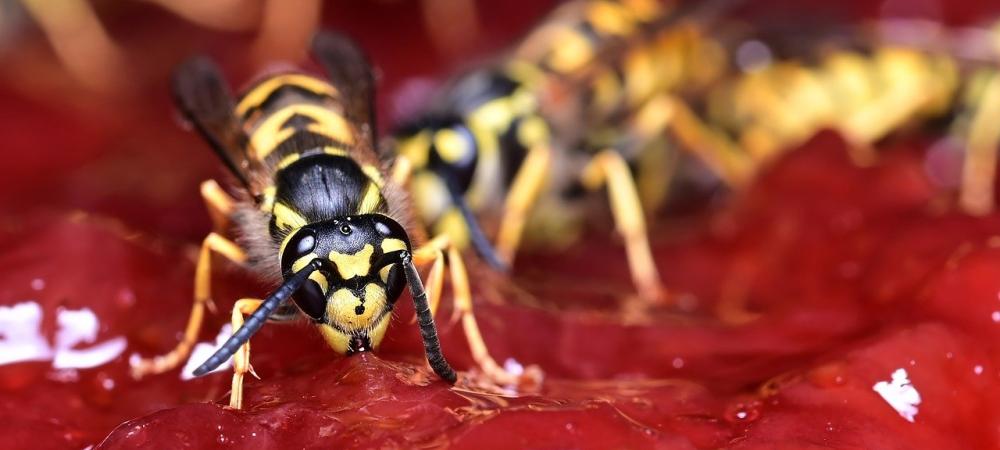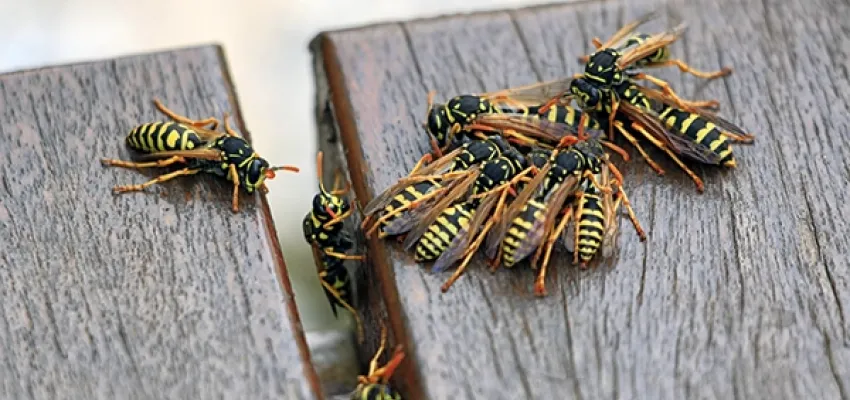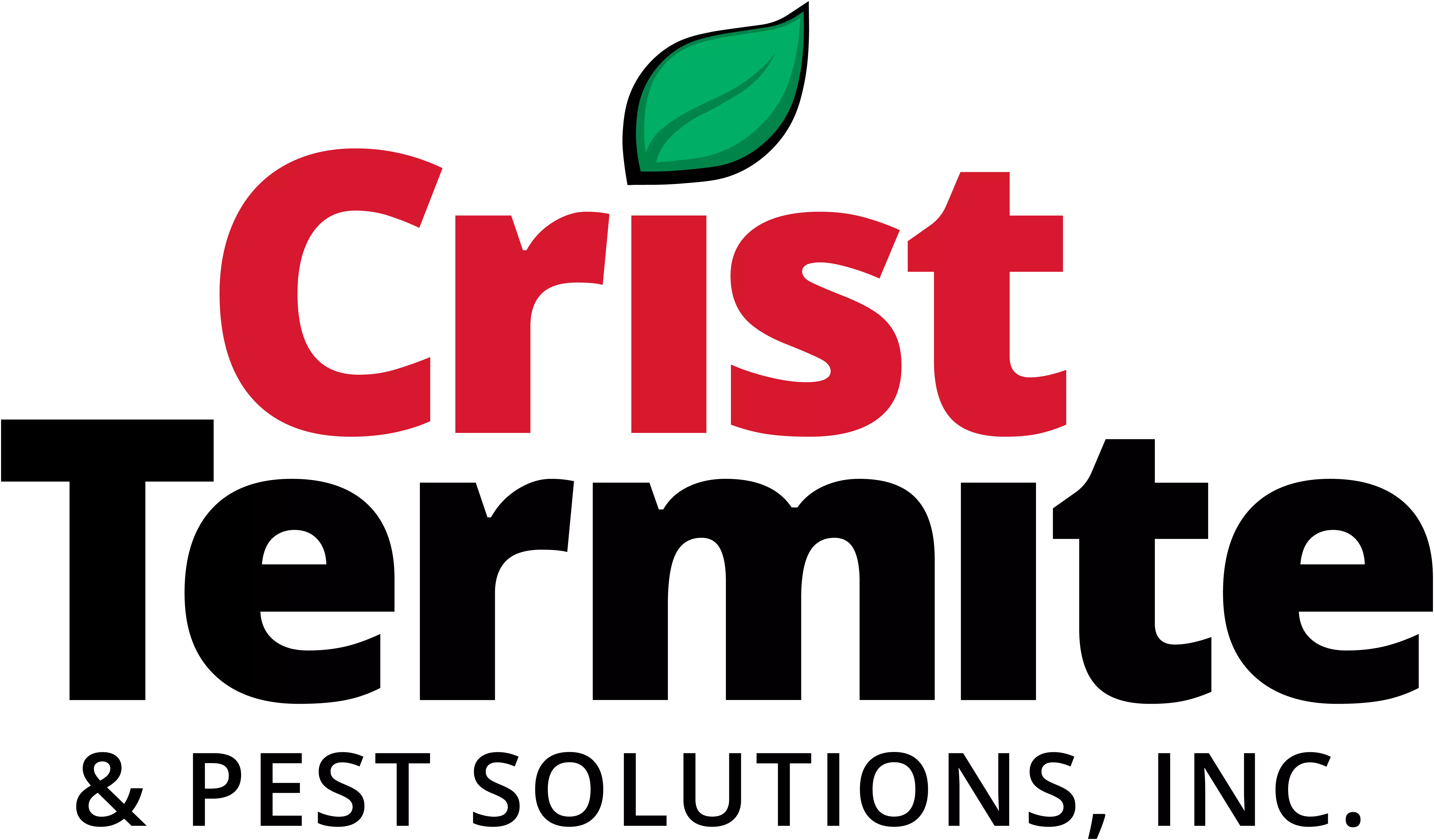How to Keep Wasps from Nesting in Your Illinois Backyard

Summertime in Illinois is meant for backyard barbecues, pool parties, and relaxing evenings outdoors. But nothing can ruin that faster than a wasp flying a little too close for comfort. Wasps aren’t just a nuisance—they can be dangerous, especially for children, pets, or anyone with allergies.
Whether you're trying to prevent nests altogether or you're dealing with repeat invasions, this guide will help you protect your family and reclaim your backyard. Let’s dig into the most effective and practical strategies—specifically for homeowners across Illinois.
1. Understand Why Wasps Are in Your Yard
Before you take steps to prevent wasps, it helps to understand what attracts them in the first place. Wasps are highly motivated by survival—they’re looking for food, water, and a secure spot to build their nest.
Here are some of the most common wasp attractants in residential yards:
- Sugary foods and drinks: Spilled juice, soda, fruit scraps, and even the remnants of a sweet marinade can bring wasps in droves.
- Uncovered garbage cans: Decomposing food and strong odors are like beacons for foraging wasps.
- Standing water: Birdbaths, pet bowls, clogged gutters, or kiddie pools all provide hydration.
- Shelter: Eaves, soffits, sheds, grills, mailboxes, and even children's playhouses can provide prime real estate for nesting.
- Raw wood: Wasps chew untreated wood and use the pulp to build paper nests.
2. Seal Up Nesting Sites Before They Start
Wasps love hidden, sheltered areas that are protected from wind and rain. Eliminating these potential nest sites early in the season makes your home less appealing.
Here’s how to proactively close off their favorite real estate:
- Inspect and seal gaps in siding, soffits, window frames, and exterior trim using caulk or weather-resistant sealant.
- Install screens over attic vents, dryer vents, and chimneys using a fine wire mesh.
- Close off hollow spaces in fencing, swing sets, or outdoor furniture by plugging ends or filling gaps.
- Repair damaged screens and door seals to keep wasps from entering your home or enclosed porches.
- Close outdoor structures like sheds, mailboxes, and storage bins tightly when not in use.
Doing this in early spring (March–May) gives you a major advantage before nests are established.
3. Remove Early Nests Before They Grow
Catching a nest early—when it’s still small—can make a huge difference. A tiny nest in May can house hundreds of wasps by July. But removal needs to be handled safely and strategically.
Here’s what to do:
- Inspect your yard regularly, especially under eaves, awnings, railings, and inside mailboxes or grills.
- Spray nests at night using a long-distance wasp spray (look for products that say “kills on contact”). Wasps are less active and less aggressive after dark.
- Wear protective clothing, including long sleeves, pants, gloves, and closed shoes. Keep pets and children inside during application.
- Only remove small nests (golf ball–sized or smaller) yourself. If it’s larger or in a hard-to-reach place, call a licensed pest control professional.
🛑 NEVER try to knock down or hose off an active wasp nest during the day—it could provoke an aggressive swarm.
Learn more about how to safely remove wasp nests.
4. Use Natural Repellents That Are Safe for Kids and Pets
If you’re looking for family- and pet-friendly ways to keep wasps at bay, nature offers several effective options. While these won't eliminate nests, they help create an unwelcoming environment for scouting wasps.
Try these proven natural repellents:
- Essential oil spray: Mix 10 drops each of peppermint, clove, and lemongrass oil with a cup of water and a few drops of dish soap. Spray around entryways, playsets, outdoor dining areas, and eaves weekly.
- Cucumber slices or peels: The bitterness of cucumber is unappealing to wasps. Place them on outdoor tables or near food prep areas.
- Garlic and bay leaves: Crush garlic cloves or scatter bay leaves in outdoor seating areas to act as a mild deterrent.
- DIY decoy nests: Wasps are territorial and usually won’t build a nest near another. Hang a fake wasp nest (available online or DIY with a paper bag) early in the season.
These methods work best when combined with other forms of prevention and maintenance.
5. Keep Your Yard Clean and Free of Food
Backyard dining is one of summer’s greatest pleasures—but it also invites wasps to dinner. Any exposed food or residue can attract scavenging wasps in seconds.
To make your yard less appetizing:
- Clean up spills immediately, especially sugary drinks like soda, lemonade, or juice.
- Keep food covered during meals—use mesh food domes or lids.
- Rinse dishes and grills as soon as you’re done. Even trace amounts of food can be a magnet.
- Secure your garbage in bins with tight-fitting lids. Line and rinse bins regularly to eliminate odors.
- Store pet food indoors or pick up bowls immediately after feeding.
- Pick up fallen fruit under trees and remove overripe produce from gardens.
Small actions make a big difference in breaking the wasp food chain.

6. Eliminate Standing Water Sources
Water is essential for wasps, especially in hot weather. They’ll sip from any puddle, drip, or damp area—so reducing water access is key.
Focus on these water sources:
- Dump standing water daily from birdbaths, kiddie pools, water tables, and pet bowls.
- Check gutters for clogs and ensure proper drainage.
- Repair leaky outdoor faucets and hoses.
- Add sand or gravel to the bottoms of flower pots and planters to improve drainage.
- Consider motion-activated sprinklers, which also help deter other pests like raccoons and deer.
A dry yard is a wasp-free yard.
7. Plant Wasp-Repellent Plants (That Are Also Beautiful)
Certain plants give off smells that wasps dislike—plus, they can beautify your outdoor space and repel other insects too.
Here are some great dual-purpose plant options:
- Peppermint: Strong, refreshing scent keeps wasps away and deters spiders too.
- Basil: Grows easily in pots and adds flavor to meals while repelling insects.
- Thyme: Groundcover or potted herb; looks great and keeps bugs away.
- Eucalyptus: Fragrant and highly effective at keeping wasps and mosquitoes at bay.
- Marigolds: These colorful blooms repel all sorts of pests, including wasps and aphids.
Place these plants around patios, porches, or playsets to create a natural barrier.
8. Adjust Outdoor Lighting to Minimize Insect Activity
You may not think of your porch light as a wasp magnet, but it attracts other insects—especially at night—which then draw predatory wasps.
Here’s how to reduce nighttime insect activity:
- Use yellow “bug lights” instead of standard white bulbs, especially near doors and patios.
- Install motion-activated lights so bugs aren’t drawn in all evening.
- Keep exterior lights off when not in use.
Lighting may seem like a minor detail, but it can reduce the food source for wasps.
9. Use Wasp Traps Strategically (and Carefully)
Wasp traps work by luring and trapping foraging wasps—but placement is crucial. Put them too close to where your family hangs out, and you may actually attract more wasps to your sitting area.
For best results:
- Place traps at least 20 feet away from patios, decks, or play areas.
- Use commercial traps or DIY versions (such as cutting the top off a plastic bottle, inverting it, and baiting it with sugar water or meat).
- Set traps in early spring to catch queen wasps and prevent nest building.
- Check and empty traps regularly to keep them effective.
Use traps as a supplemental tactic—not your main defense.
10. Know When to Call a Professional
Sometimes, even the most prepared homeowners end up with a major wasp issue. If you notice a large nest, aggressive wasps, or multiple nests around your property, it’s time to call in the pros.
Call a pest control expert if:
- You spot a nest larger than a grapefruit.
- Wasps are entering your siding, attic, or walls (this could be a hidden nest).
- There are repeated wasp sightings, even after taking preventive measures.
- You or a family member is allergic to stings and you need fast, safe removal.
Contact Crist Termite & Pest Solutions, Inc for safe, effective stinging insect inspection and protection. Our experienced team of stinging insect exterminators knows how to handle wasps, hornets, and yellow jackets the right way—so you can enjoy your home without worry.
Whether it’s a one-time nest removal or a full-season prevention plan, Crist has you covered.
Reclaim Your Backyard This Summer
You don’t have to surrender your backyard to wasps. With a little preparation and consistency, you can create a safe, relaxing environment where your kids and pets can play freely—and you can grill in peace.
Start early in the season, stay consistent with prevention, and take swift action if you spot a nest.
